Here some hacky demo, trying to learn something from this answer (SO's clustering expert).
I changed some things and won't give any guarantees:
- labeling-method
- important: i'm deviating from his underlying theory here (his approach should be superior)!
- i'm just labeling according to the nearest-center (like in kmeans)
- argrelextrema's comparator (needed for your data which has not unique values!)
- using heuristic bandwith-selection (by not setting a constant!)
This code uses kernel-density-estimation to obtain a 1d-clustering which chooses k automatically. Now it sounds, you wan't to always use k=2, but this here is more general.
So using it for your data:
import numpy as np
from scipy.signal import argrelextrema
from scipy.spatial.distance import cdist
from sklearn.neighbors.kde import KernelDensity
import matplotlib.pyplot as plt
import matplotlib.cm as cm
x = np.array([[ 17.7804203 ],
[ 0.08901367],
[ 0.08901367],
[ 0.08901367],
[ 0.08901367],
[ 17.7335453 ],
[ 17.72670937],
[ 17.72670937],
[ 17.75502968],
[ 17.81459999],
[ 17.89565468],
[ 17.98159218],
[ 0.08901367],
[ 0.08901367],
[ 0.08901367],
[ 0.08901367],
[ 0.08901367],
[ 0.08901367],
[ 0.08901367],
[ 0.08901367],
[ 0.08901367],
[ 0.08901367],
[ 0.08901367],
[ 17.9210453 ],])
# [5.4],
# [5.41],
# [5.3],
# [5.35]])
np.random.shuffle(x) # just for demo
kde = KernelDensity(kernel='gaussian').fit(x) # bandwith heuristic
s = np.linspace(np.amin(x), np.amax(x))
e = kde.score_samples(s.reshape(-1,1))
ma = argrelextrema(e, np.greater_equal )[0]
s_ma = np.array([s[ma[i]] for i in range(len(ma))]) # cluster centers
n_clusters = len(s_ma) # n_clusters
# class labeling
Y = cdist(x, s_ma[np.newaxis].T)
labels = np.empty(len(x), dtype=int)
for x_ind in range(len(x)):
labels[x_ind] = np.argmin(Y[x_ind, :])
# plot classification
xs = np.arange(len(x))
colors = cm.rainbow(np.linspace(0, 1, n_clusters))
for label in range(n_clusters):
inds = np.where(labels == label)[0]
plt.scatter(xs[inds], x[inds], color=colors[label], s=40)
plt.show()
output this classification (remember: i permuted the x-values):

Now let's add 4 new points around 5 (as i'm lazy and added them to the end, i used the mentioned permutation). Just uncomment those lines in the code.
Output:

So in the first case, we obtained two clusters, now we got three (i swear: n_clusters=3 although my matplotlib code changes the colors somehow...)!
Feel free to play around with this. You might use my approach in the comment, using the labels to extract classes, calculate the variance and throw away the class with the lowest one. But that's depending on your task of course.
For example this code added at the end:
# Calculate variance for each class
variances = np.array([np.var(x[np.where(labels == i)[0]]) for i in
range(n_clusters)])
print(np.hstack([variances[np.newaxis].T, s_ma[np.newaxis].T]))
would output:
[[ 1.92592994e-34 8.90136700e-02] # variance | cluster_mean
[ 1.92500000e-03 5.20117896e+00]
[ 8.05793565e-03 1.79815922e+01]]
which in your case might be interpreted as: throw class 0 away (minimum variance or some thresholding-check: remove all with var < x).

